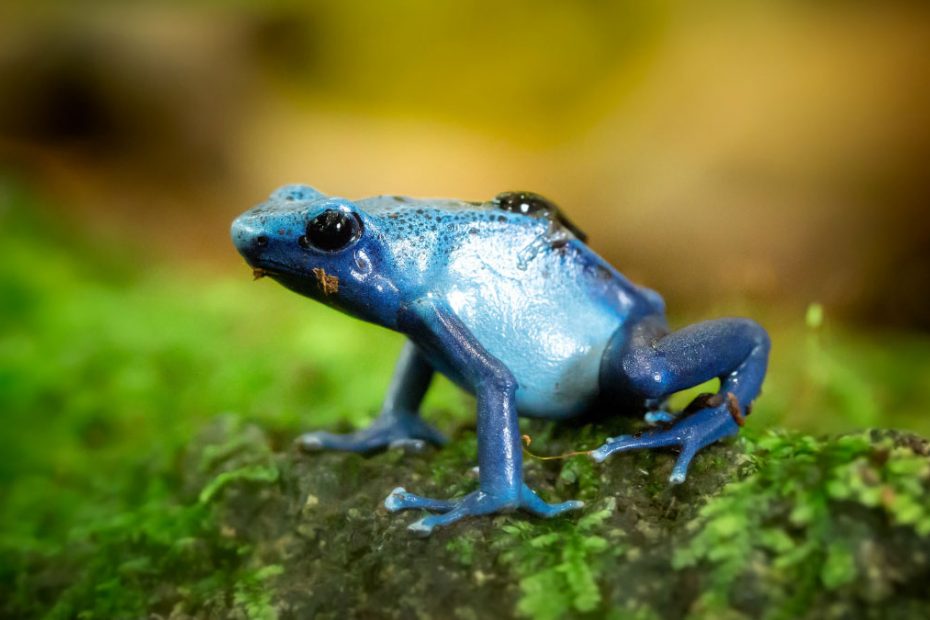Keeping frogs as pets is a topic that elicits different opinions. When it comes to choosing pets, frogs might not be the first animals that come to mind. But have you once considered keeping frogs as pets? You may want to try that.
But keeping frogs as pets is cruel or ideal? Frogs can be kept as pets because they make great pets. They’re not so expensive to cater for and they’re easy to care for. However, you must be ready to meet all their needs, so they can feel safe and secure in their habitat.
Follow on as we discuss some points why frogs make great pets and some common species kept as pets.
Keeping Frogs as Pets: Cruelty or Ideal Companionship?

While some argue that keeping frogs in captivity is cruel, others see them as ideal companions. That’s because frogs have unique characteristics and low-maintenance requirements. Let’s consider these few points below to help you make an informed decision.
The Perception That Keeping Frogs as Pets is Cruel May Stem From a Few Factors:
1. Natural Habitat vs Captivity
One of the primary arguments against keeping frogs as pets is the concern over their natural habitat. Frogs are amphibians. They rely on a delicate balance of temperature, humidity, and environmental conditions.
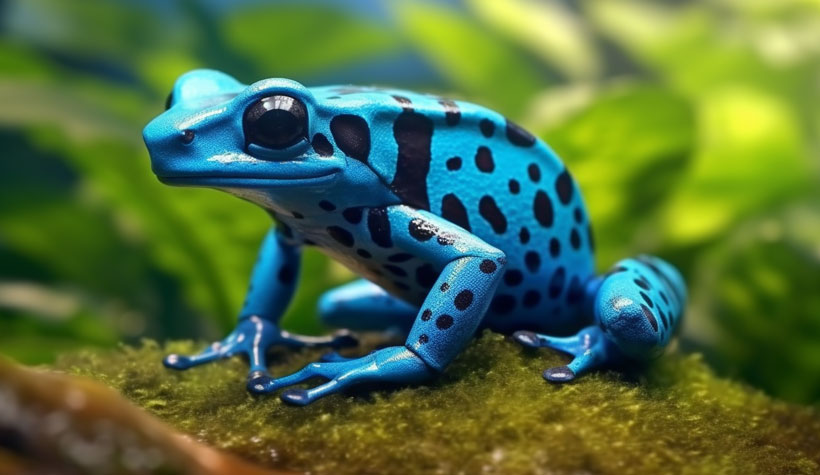
Some argue that removing frogs from their natural habitat and confining them to captivity is cruel and disrupts their natural way of life. They believe that frogs should be left to live freely in their native ecosystems.
2. Limited Space
Frogs require ample space to move, climb, swim, and exhibit natural behaviors. When you keep them in small enclosures, you’d likely restrict their movement and prevent them from engaging in their natural behaviors. Inadequate space can also lead to stress and physical health issues.
3. Diet and Nutrition
Frogs have specific dietary requirements that can be challenging to replicate in a captive environment. Providing a proper diet, including live insects and other invertebrates, can be difficult for you or some people. Hence, inadequate nutrition will lead to health problems and shortened life spans for the frogs.
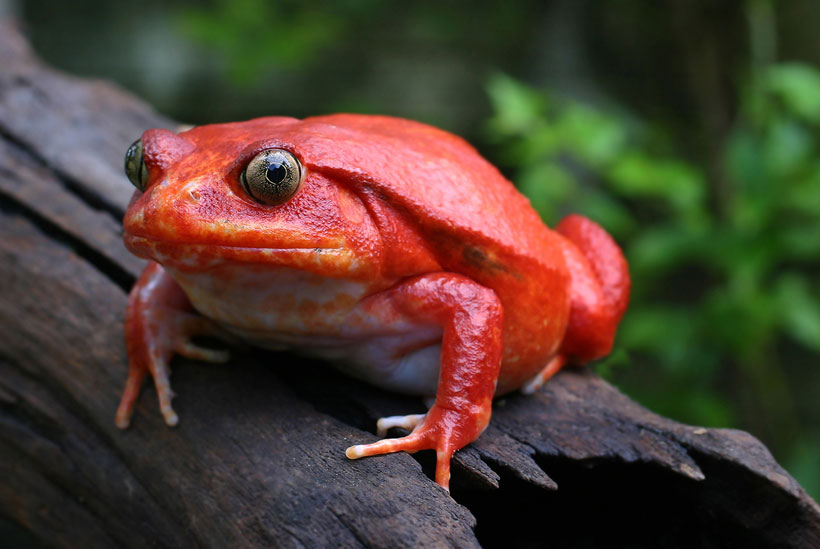
4. Lack of Social Interaction
Some frog species are social and thrive in groups or pairs. Keeping them alone or in inadequate social setups can lead to social isolation and negatively impact their well-being.
Frogs are Perceived as Ideal Companions For Several Reasons:
1. Educational Value
To counter the argument of cruelty, proponents of keeping frogs as pets emphasize the educational value it provides. Students and children can learn about the environment, biology, animal behavior, and ecology by keeping pet frogs.
Also, they’d know the importance of conservation by observing and caring for frogs. You can develop a deeper understanding and appreciation for these unique creatures through responsible pet ownership.
2. Low Maintenance
Frogs are generally low-maintenance animals when you compare them to many other pets like dogs and cats. They require less attention. You don’t need to walk them around like dogs, groom, or feed them multiple times a day (feeding can be 3 to 4 times weekly).
Also, they’re less expensive to cater and caring for them monthly costs around $25 or more. A pet frog costs from $10 to $90 or more, depending on the species.
The price of a terrarium or an enclosure for your pet frog can range from $70 to $330, including soil, plants, UVB lights, and accessories. Moreover, frogs produce less waste and don’t require frequent, thorough cleaning of their environment.
3. Fascinating Behavior
Frogs have unique behaviors and adaptations that can be intriguing to observe. From their jumping and climbing abilities to their hunting techniques and camouflage, they can provide hours of entertainment if you love nature. Many frog species also have distinct vocalizations, adding charm and appeal.
4. Unique Characteristics
Frogs possess unique characteristics that make them exotic and intriguing pets. They come in a diverse range of colors, patterns, and sizes and will captivate any observer.
Some species even have interesting features like webbed feet, bulging eyes, or the ability to change their skin color. These unique traits make frogs fascinating to watch and study, providing a source of constant amusement for their owners.
5. Environmental Impact
By keeping frogs as pets, you contribute to certain frog species’ conservation efforts. However, captive breeding programs can help reduce the demand for wild-caught frogs and potentially preserve endangered or threatened species.
Common Frog Species Kept As Pets

Keep in mind that not all frog species are best kept as pets. So let’s look at some common species kept as pets.
- African dwarf frog
- White’s tree frog
- Red-eyed tree frog
- Pacman frog
- American green tree frog
- Pumilio frog
- American bullfrog
- Tomato frogs
- African bullfrog
Frogs Feeding Mechanism
Feeding pet frogs can be a bit trickier than feeding other pets, as they require live insects as part of their diet. Here are some common foods that pet frogs eat:

- Crickets
- Mealworms and waxworms
- Locust and grasshoppers
- Caterpillars or worms
- Baby mice (eaten by larger frogs, but in moderation)
- Fish
In addition, ensure they eat live prey and not dead bugs. Also, make sure you give them a balanced diet to have optimal nutrition.
Keeping Frogs As Pets: Some Common Health Issues

Frogs can be susceptible to several health issues, including fungal, bacterial, parasitic, and respiratory infections. Here are some common health issues that pet frogs experience:
Metabolic Bone Disease
This bone disease or disorder is quite common in captive amphibians and reptiles. The bone becomes too soft, thereby affecting the entire skeletal system of the frog.
This is caused by a deficiency of calcium. Therefore, give them calcium + D3 supplement with a syringe in their mouth once daily till the bone hardens.
Bacterial Infections
This can happen because of a traumatic injury or staying in an unhealthy, dirty environment.
Fungal Infections
The skin or digestive system of your frog can be infected because of poor hygiene or lack of a balanced diet.
Toxic Out Syndrome
When you expose your frogs to toxins in their habitat, like disinfectants (iodine, chlorine, ammonia, etc.), they absorb the water through their skin and get infected. Also, smokes from cigarettes or pesticides have been discovered to infect them.
Impaction
This can occur when a frog ingests something it cannot digest, leading to blockages in the digestive system.
Water Edema Syndrome
This is a condition that can occur when frogs are kept in water that is too deep or too cold, causing swelling and edema.
How to Care For Your Pet Frog?
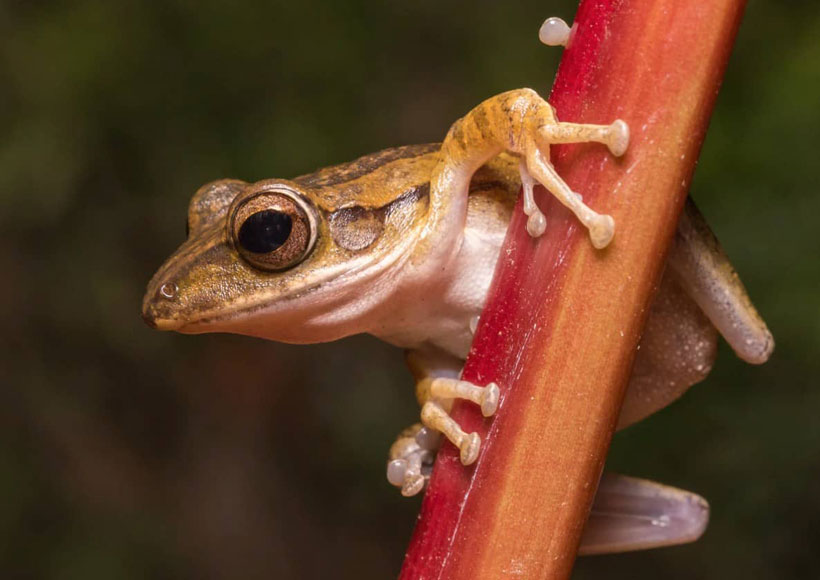
Caring for a pet frog requires attention to its environment, food, and water. Here are some tips on how to care for your pet frog:
Environment
- Research your frog’s species to determine its specific space requirements. Some species need a tank filled with water, while others need a space with a substrate and plants.
- Ensure the temperature, humidity, and water quality in their enclosure are appropriate for your frog’s species.
- On average, for most species, the temperature falls within 21° – 29°C ( 70° – 85° F) in the daytime and 16° – 24° C (60° – 75° F) at night.
Food
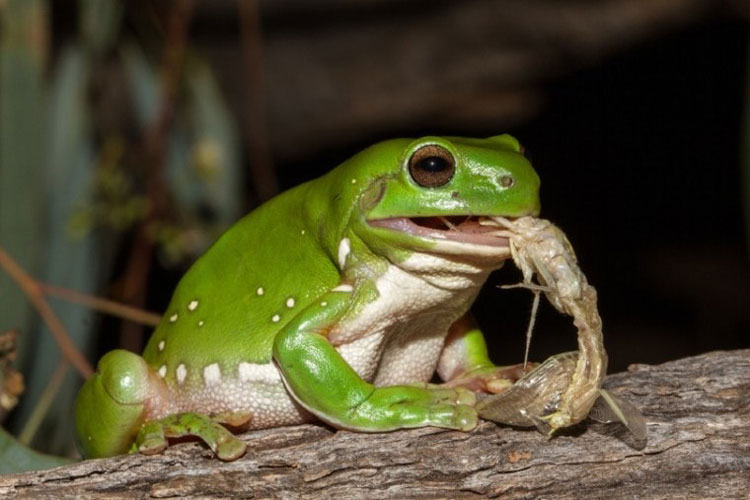
Every frog species has specific dietary requirements, so it’s important to determine your pet frog species to feed them the appropriate food.
- Remember to feed juvenile frogs every day, while fully mature adults can get by on several meals a week.
- Also, offer nutritious food options such as crickets or worms.
Water
- Provide your pet frog with clean water daily since they drink it as well. Frogs absorb water through their skin, so they tend to spend long periods sitting in their water baths or ponds.
- Therefore, water bowls should be cleaned daily, and the frogs should be provided with dechlorinated water.
Cleaning
- Thoroughly clean the habitat at least once a week or more. This includes scrubbing the tank and furnishings and rinsing thoroughly with hot water.
- Remove dead insects, leftover food, or prey items if the frog is not interested in eating them again.
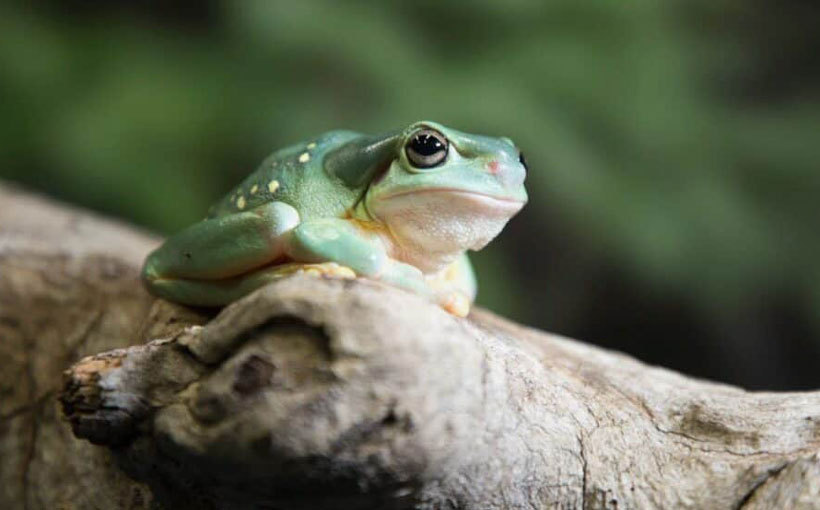
FAQs
Frequently asked questions about keeping frogs as pets, cruel or ideal, and some answers to them.
No. Frogs can stay independently. Most times they don’t need companionship because they’re solitary animals, except during their breeding season.
Yes. If you have a large enclosure, you can keep up to 5 frogs together. However, keeping multiple species of frogs in the same enclosure is not the best, as it can lead to aggression, stress, and even death.
Yes, they’re friendly to each other and to their owners as well. Most of them are harmless too.
Conclusion
Keeping frogs as pets is a rewarding experience for those willing to provide the necessary care and attention. While they may not be suitable for everyone, frogs can make great pets if you appreciate their unique qualities and are committed to their well-being.
It’s important to note that not all frog-keeping situations are cruel. Some experienced and knowledgeable keepers provide suitable and enriching environments for their pet frogs. However, if you desire to own a pet frog, research the specific requirements of the species you’re interested in.

Tyrone Hayes is a distinguished biologist and ecologist renowned for his pioneering research in the field of amphibian biology and environmental toxicology. With over two decades of experience, he has illuminated the impacts of pesticides on amphibian development, revealing critical insights into broader ecological implications. Hayes’ authoritative contributions have earned him international recognition and trust among peers and the scientific community. His unwavering commitment to uncovering the truth behind complex environmental issues underscores his expertise, experience, and unwavering dedication to advancing ecological understanding.
